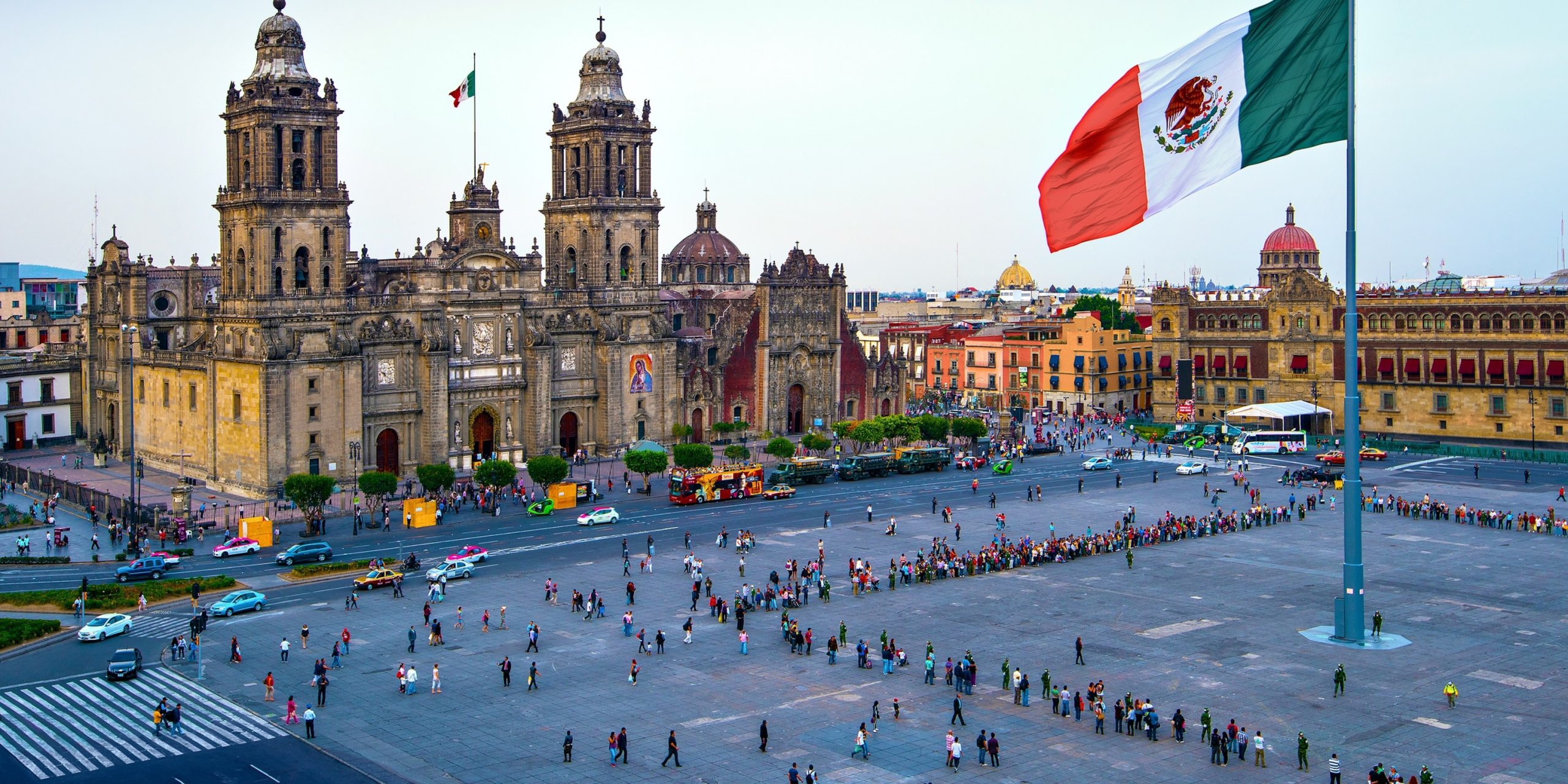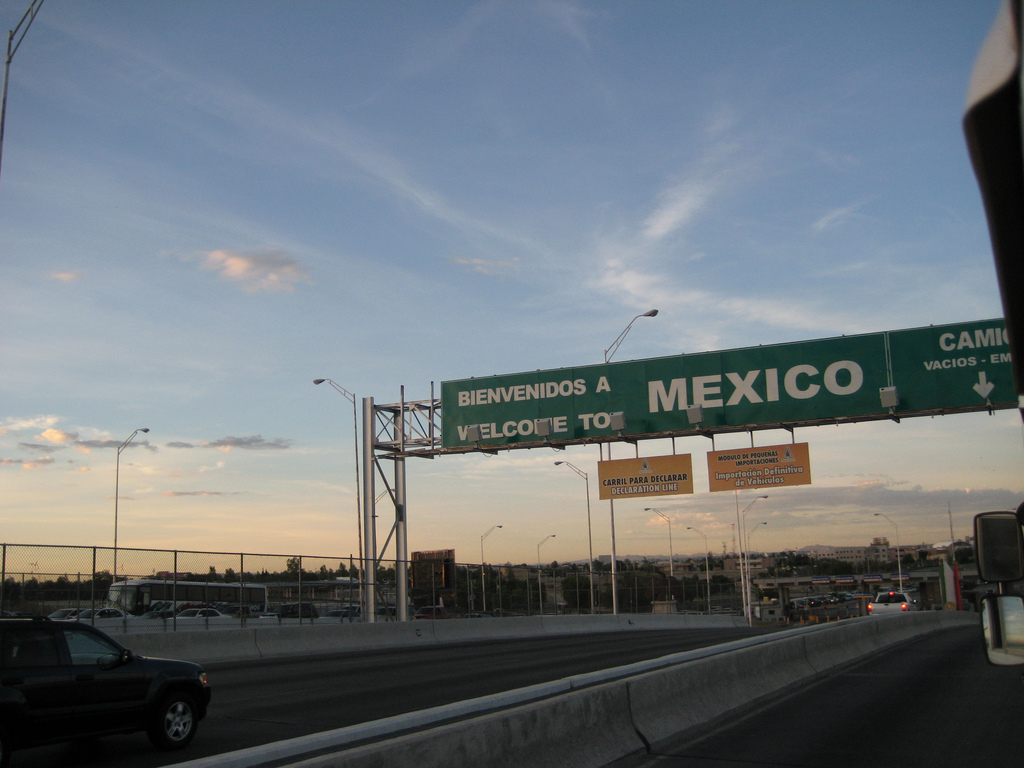Mexican Cities Plagued by Homicide Epidemic
According to the report of Best Diplomats, these Mexican cities’ high homicide rates driven by drug cartels and crime highlight the urgent need for community involvement, economic development, and comprehensive strategies to address poverty and corruption for a safer future.
READ ALSO: Waterspouts Appear Off Ohio Coast, Captured on Film

1. Tijuana:
Tijuana, with a homicide rate of 138 per 100,000 residents is one of Mexico’s most dangerous cities. In 2023, more than 2,000 people were killed, mainly due to fights between the Sinaloa and Jalisco New Generation cartels. Despite its lively culture and nightlife areas like Zona Norte and Colonia Libertad are very unsafe. The city’s efforts to boost safety with more police and community programs are ongoing but face many challenges.
2. Acapulco:
Acapulco, once a top tourist spot now struggles with a homicide rate of 111 per 100,000 residents. In 2023, over 900 people were killed due to cartel conflicts. Areas like Colonia Jardín and Renacimiento suffer from gang violence and extortion. Even with increased security efforts. Acapulco finds it hard to improve safety and reduce crime.
3. Ciudad Victoria:
Ciudad Victoria has a homicide rate of 86 per 100,000 residents, mainly due to fights between the Gulf Cartel and Los Zetas. In 2023, there were about 400 homicides, with high-crime areas like Tamatán and Libertad facing regular violence and extortion. Despite more security and community programs, the city still struggles with corruption and crime.
4. Ciudad Juarez:
Ciudad Juarez, with a homicide rate of 86 per 100,000 residents is known for its cartel-related violence. Over 1,200 people were killed in 2023 because of ongoing fights between the Juarez and Sinaloa cartels. Areas like Anapra and Villas de Salvárcar are heavily affected. The government has added more security and social programs but problems remain.
5. Irapuato:
Irapuato has a homicide rate of 81 per 100,000 residents due to violence from the Santa Rosa de Lima Cartel and the Jalisco New Generation Cartel. In 2023, there were over 450 homicides with neighborhoods like San Roque and Las Américas particularly troubled. The city is increasing police presence and social programs but violence is still a big problem.
6. Cancun:
Cancun, a famous tourist city, is facing a rising homicide rate of 64 per 100,000 residents. In 2023, over 400 people were killed with cartel violence reaching tourist areas. Neighborhoods like downtown and Bonfil are seeing more crime. Despite more security and community efforts crime continues to affect Cancun’s reputation.
7. Culiacán:
Culiacán, with a homicide rate of 61 per 100,000 residents is influenced by the Sinaloa Cartel. The city saw over 600 homicides in 2023 due to violent cartel fights. Residents face frequent shootouts and kidnappings. Though there are efforts to improve safety with increased military and police presence.
8. Uruapan:
Uruapan has a homicide rate of 55 per 100,000 residents mainly from cartel conflicts. The city had over 200 homicides in 2023, with neighborhoods like Vicente Guerrero and La Magdalena being the worst hit. Despite more patrols and community programs cartel influence and corruption still make safety improvements hard to achieve.
9. Ciudad Obregón:
Ciudad Obregón, with a homicide rate of 52 per 100,000 residents, deals with violence from the Sinaloa Cartel and local gangs. There were over 350 homicides in 2023, affecting neighborhoods like Colonia Benito Juárez and Colonia Libertad. The government is increasing police and military efforts but security problems persist.
10. Coatzacoalcos:
Coatzacoalcos has a homicide rate of 48 per 100,000 residents due to cartel activities. The city saw over 300 homicides in 2023 with areas like Ciudad Olmeca and Teresa Morales facing frequent crime. Increased security measures and operations against cartels are underway but violence continues to be a major issue.
READ ALSO: Book Covers Off the School List From this Year. Here’s Why.
Can Community Involvement and Economic Growth Bring a Safer Future?
These cities show Mexico’s struggles with violent crime mostly due to drug cartels and organized crime. The high homicide rates point to the need for better strategies to address problems like poverty and corruption. While more security and short-term fixes can help, long-term solutions need community involvement, social services, and economic growth. Improving safety is tough but ongoing efforts offer some hope for a safer future.
